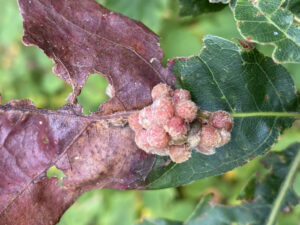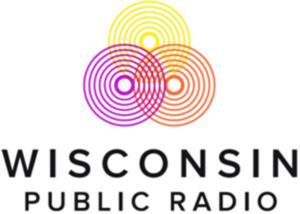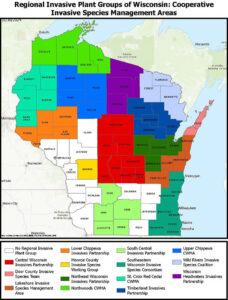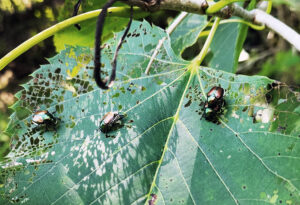
Whether hunting for turkey, deer or other prey, don’t use invasive plants as a natural hunting blind. / Photo Credit: Wisconsin DNR
By Erika Segerson-Mueller, DNR Invasive Plant Program Specialist, Oshkosh Service Center;
Erika.SegersonMueller@wisconsin.gov or 715-492-0391
As fall settles in and hunting seasons start to open across the state, many Wisconsinites’ thoughts have turned to tree stands, blinds and all things hunting.
Planning out your perfect capture means giving yourself the best chance possible, whether slipping into or out of your tree stand or ground blind. One popular idea is camouflaging your path – using plants or trees as a natural blind so you can reach your spot without being seen by deer or other animals.
Continue reading “Don’t Be Blinded By Invasives While Hunting”








